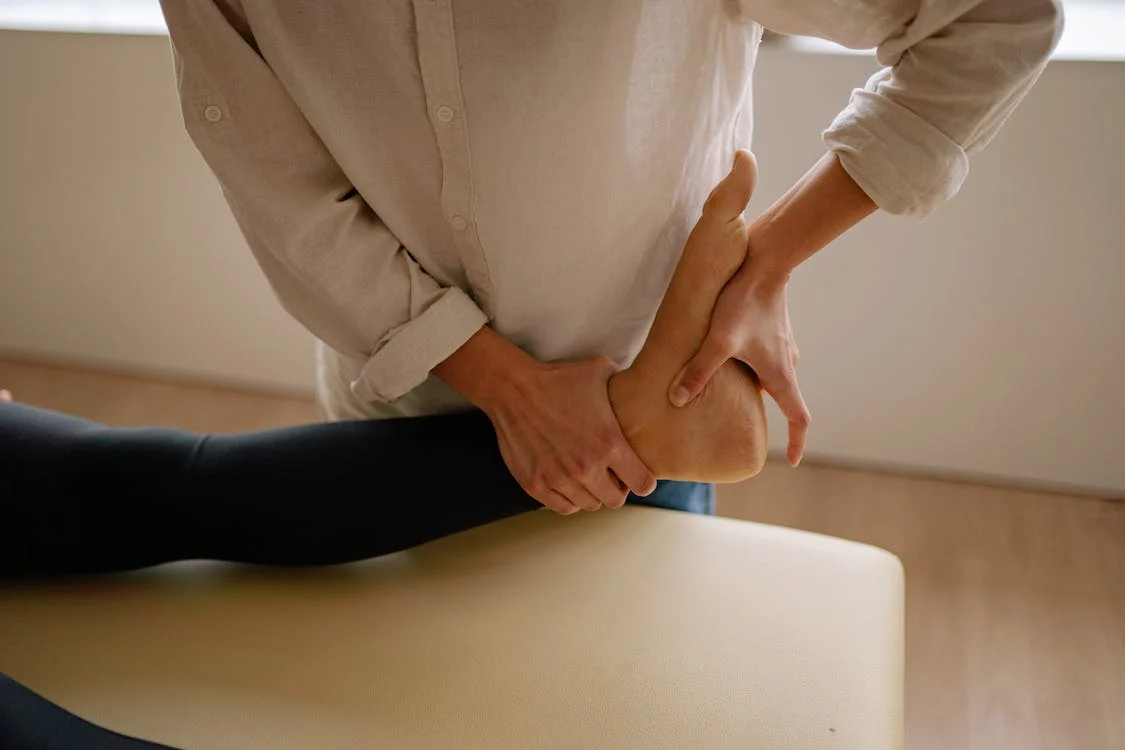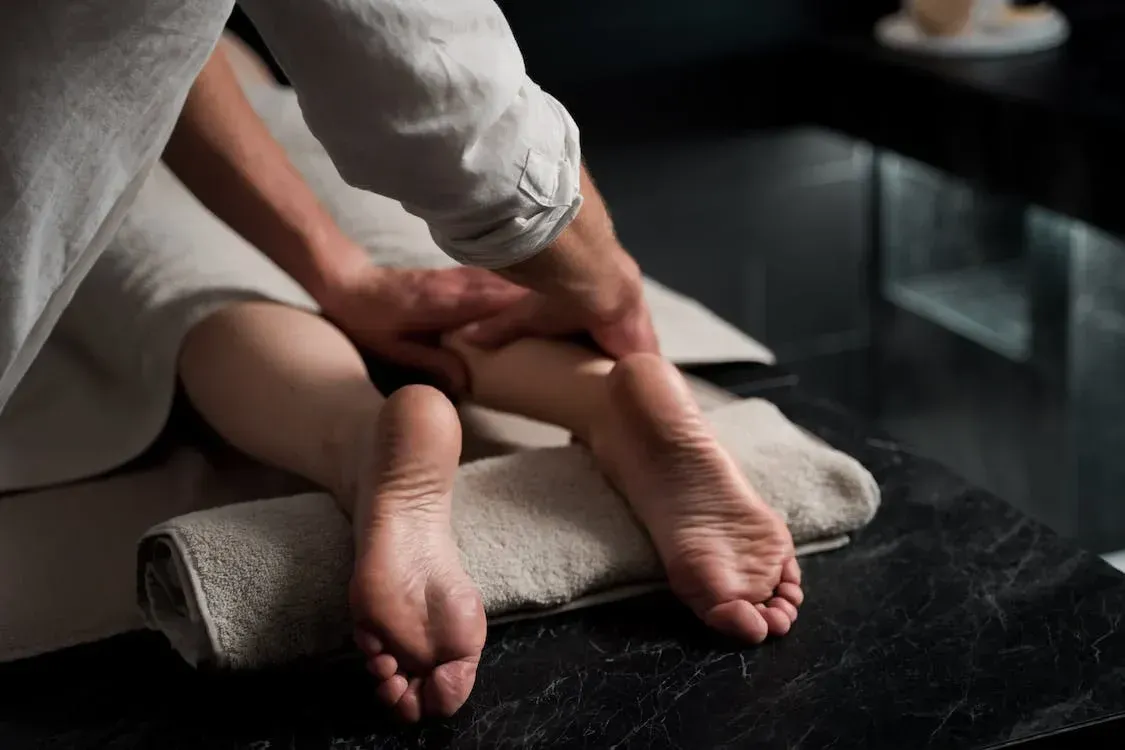Cold feet are accounted as both a natural reaction to a cool climate, but also as a sign of various health conditions. However, you can boost blood circulation easily through different massage therapies or, why not, by regularly using a professional massage chair at home.
The most common causes of cold feet
Directly connected to disruptions within blood circulation, cold feet may be connected to heart diseases, autoimmune conditions, hormonal deficiency, or infections. Correlated to the blood system’s effectiveness in eliminating toxins, liver or kidney disease can also cause cold feet. The sensation of cold feet may also appear as a reaction to medicine, especially for cold, headaches, and high blood pressure. Nevertheless, cold feet can also appear on a genetic background.
Sedentariness
Sedentariness implies the reduced activity of our bone and muscular system. As our body is not challenged in a wider range of motions, it ends up gradually limiting blood circulation towards its extremities.
Poor blood circulation
Cold feet represent an effect reduced blood circulation towards extremities. A readjusted blood flow represents a protective mechanism our body engages in to maintain the optimal functions of vital organs.
Stress
Cortisol, or the stress hormone, is scientifically demonstrated to increase blood circulation towards the torso. Produced by adrenal glands, cortisol is also confirmed to contract blood vessels towards extremities.
Anemia
Connected to a deficiency in vitamin B12, iron, and folate, anaemia describes a condition in which the body doesn’t produce sufficient blood cells. In its moderate to severe manifestations, anemia can lead to chronic kidney disease. Anemia restricts blood circulation towards the vital organs.
Diabetes
One of the most concerning effects of a high levels of sugar in blood can be connected to arteries becoming more and more narrow, determining peripheral neuropathy. As a complication of diabetes, peripheral neuropathy can also determine cold feet, as blood circulation towards extremities is reduced.
Hypothyroidism
Our thyroid gland becomes underachieve when ceasing to produce sufficient hormones. Hypothyroidism is confirmed as a cause of cold feet following the influence of our metabolism on our blood circulation. The ongoing experience of tiredness, depressive episodes, and weight gain should be accounted as potential signs to determine us to have our thyroid gland check.
Raynaud's disease
Recognised through the changes in skin colour and the persistent sensation of pins and needles, Raynaud’s condition refers to a decrease in blood circulation towards one’s fingers and toes. Affecting women more than men, Raynaud’s phenomenon is likely to be connected to arthritis, producing a temperature drop around our extremities. Medicine confirmed two forms of Raynaud’s phenomenon. Carrying milder reactions, the primary form is more common. More frequent at an older age, the secondary form of Raynaud’s phenomenon may derive from other conditions such as rheumatoid arthritis. Raynaud’s phenomenon also emerges as a natural response to medication, such as it can be stress-induced.
Cold feet symptoms and why you need to find a solution
The sensation of cold feet is not resumed to comfort, as it may degenerate into numbness, soreness, and severe pain. The array of physiological reactions associated with old feet can be recognised through the colour change in our skin which may reach blue, red, or purple hues.

Feet massage can boost blood flow and reduce the cold feet symptoms
When you should go to the doctor
If not connected to underlying disorders, the sensation of cold feet can be reduced and even tackled through a series of lifestyle changes.
Use compression stockings
Beyond the influence of climate, the discomfort of having cold feet can be connected to the habits we’ve developed in regards to our day to day comfort. For example, our tendency to walk barefoot around our home can also be a valid cause. Compared to natural fibres, synthetic socks don’t keep our feet skin dry and isolated when sweating. Especially during the cold season, wool socks stand out as the most advisable pick, both for outings, as well as for our indoor comfort. Nevertheless, compression stockings isolate heat while also maintaining an optimal blood circulation in the feet area.
Elevate your feet
Blood circulation can be stimulated through an upward orientation of our feet. Simple tips such as placing our feet on a cushion when relaxing on our sofa are enough to provide our circulatory system a boost. The same can be achieved when using a zero-gravity massage chair.
Go for a run
Cardioactivities such as jogging and jumping jacks are demonstrated to have the highest impact on our circulatory system. However, to get the most of the positive effects associated with physical activity, our routine should also be complemented by breathing exercises.
Take a walk
A jogging routine may not always be accessible, but walking can allow us to exercise regularly, regardless of our endurance to physical effort.
Hydrotherapy
Especially before bedtime we can indulge in short foot baths of 10 to 15 minutes. To maximise the benefits of hydrotherapy on blood circulation, we can alternate 15 seconds jets of hot and cold water.
Take care of your diet
Though all nutritional advices converge towards a well balanced diet, a poor blood circulation is connected to iron and vitamin B12 deficiency. Our nutritional intake should be complemented by at least 2l or water per day, while caffeine is advised to be avoided. Furthermore, the higher the cholesterol levels, the higher the risks posed by our diet on our blood circulation. Cholesterol can be lowered though both diet and medication. Nevertheless, our lifestyle changes should not be resumed to our diet. The damaging impact on our arteries demands that any treatment against cold feet should also determine us to quit smoking.
Massage your feet - use a professional massager or massage chair
Whether when preparing for a cozy indoor time or to accelerate the benefits of water therapy, we can always rely on massage to help our feet regain their optimal blood flow. Massaging our feet doesn’t demand a specific routine. Gentle stroking and circular movements are sufficient to activate blood circulation.
The benefits of massage therapy are also confirmed by the discrete interior construction of ergonomic footwear. Features such as massage nodules are integrated in the design of insoles to stimulate blood circulation and reduce the discomfort of cold feet. Through their leg and feet extensions, professional massage chairs also address blood circulation, delivering time and intensity-adjustable programs to fully respond to our health and wellbeing needs.
